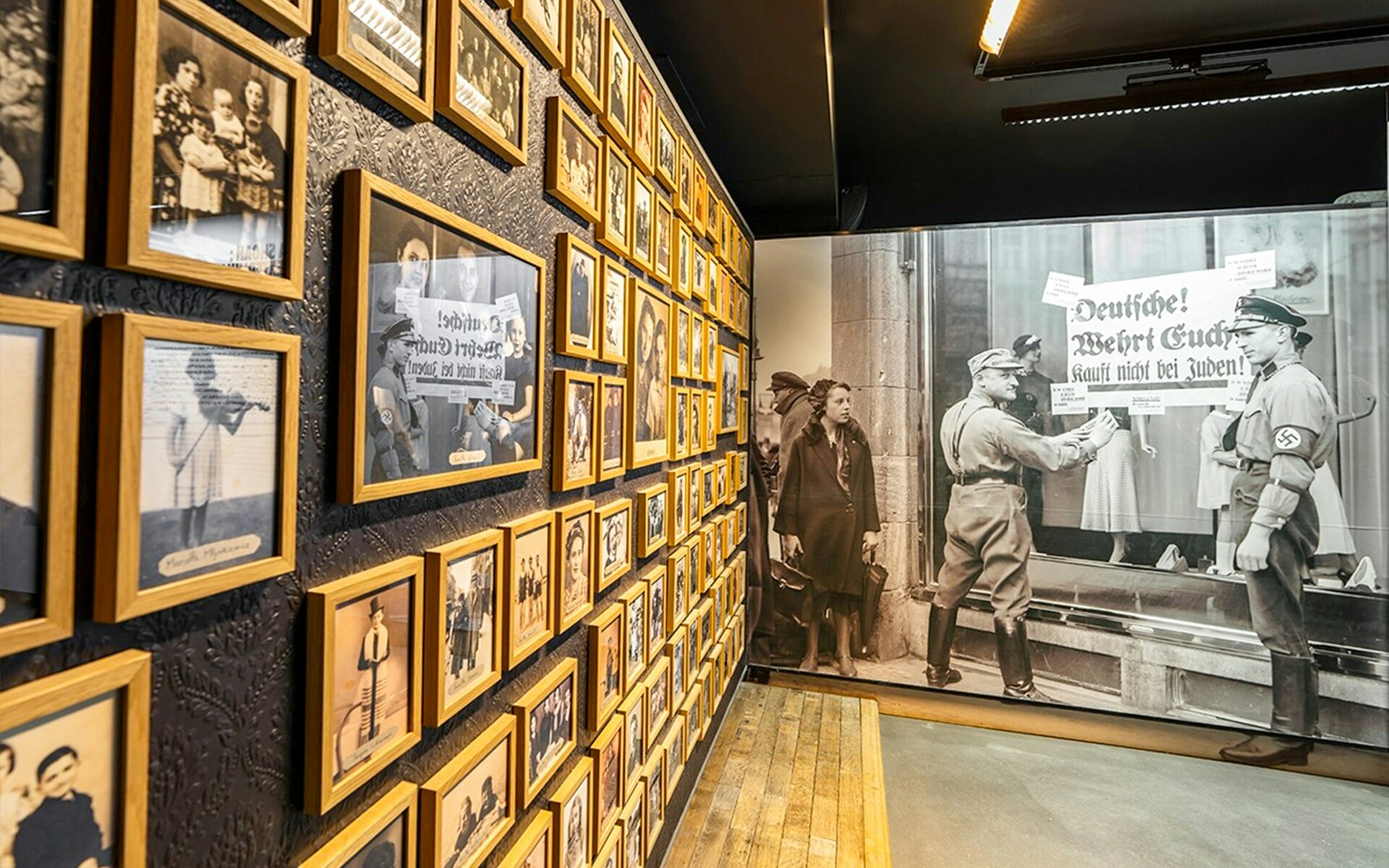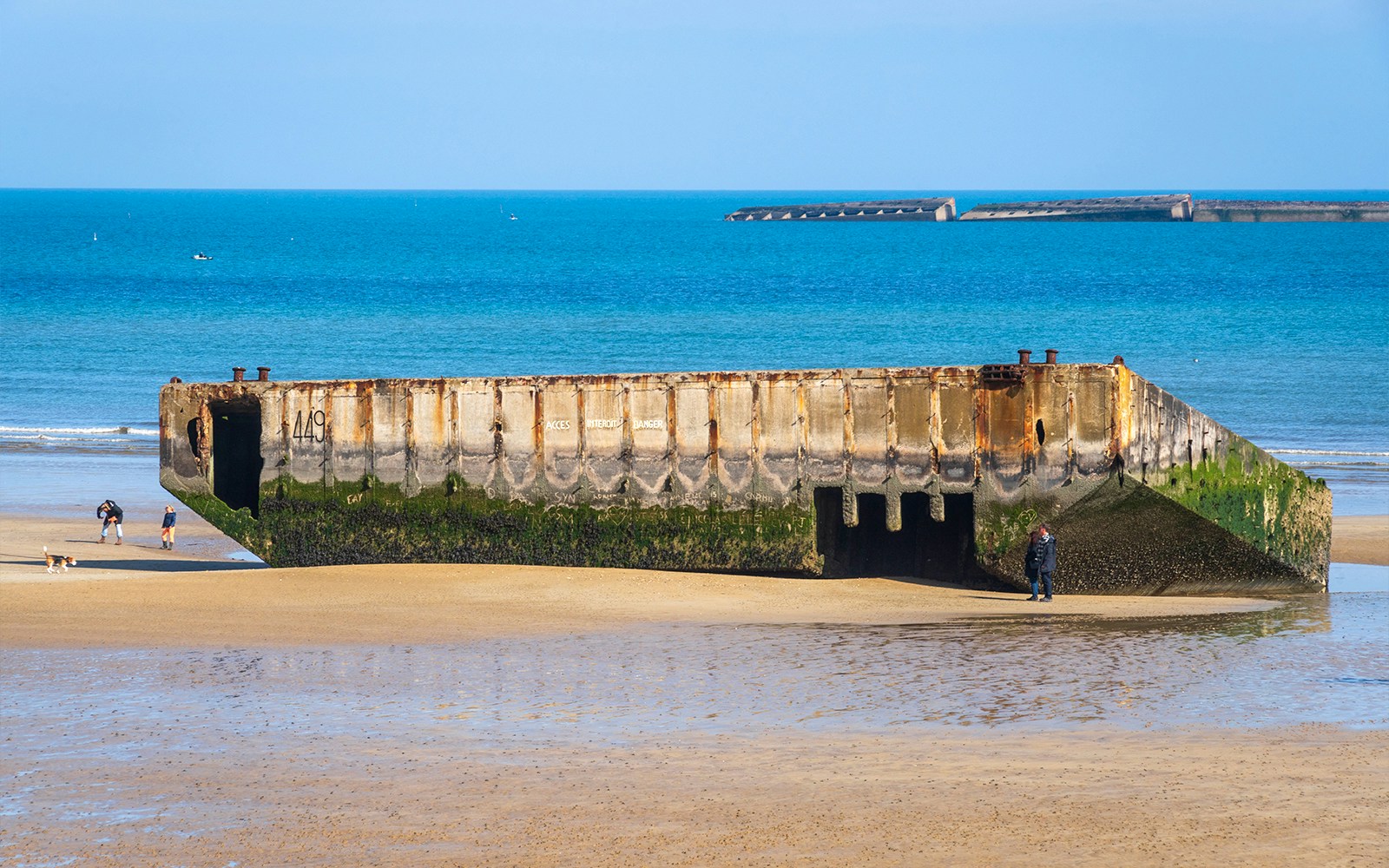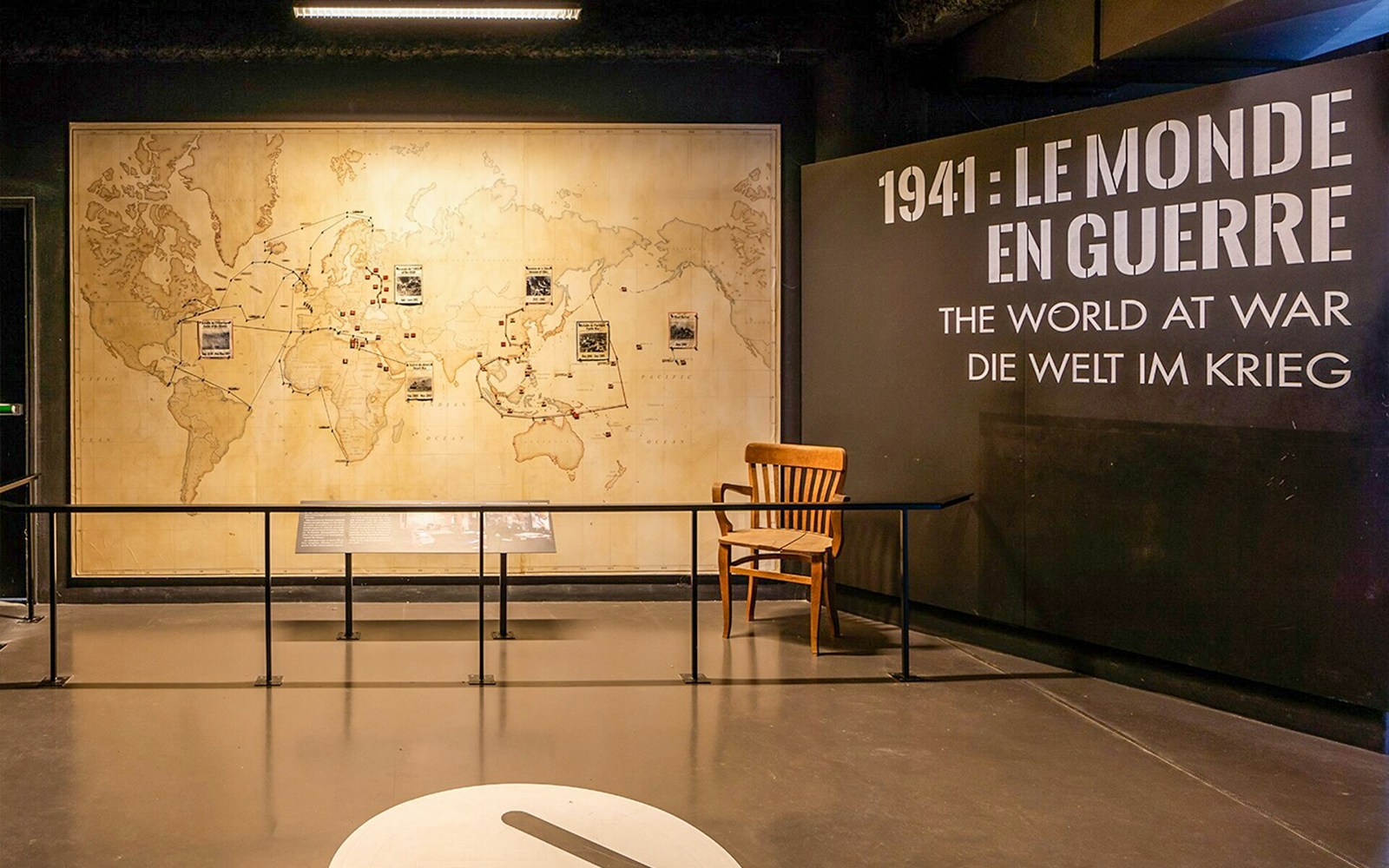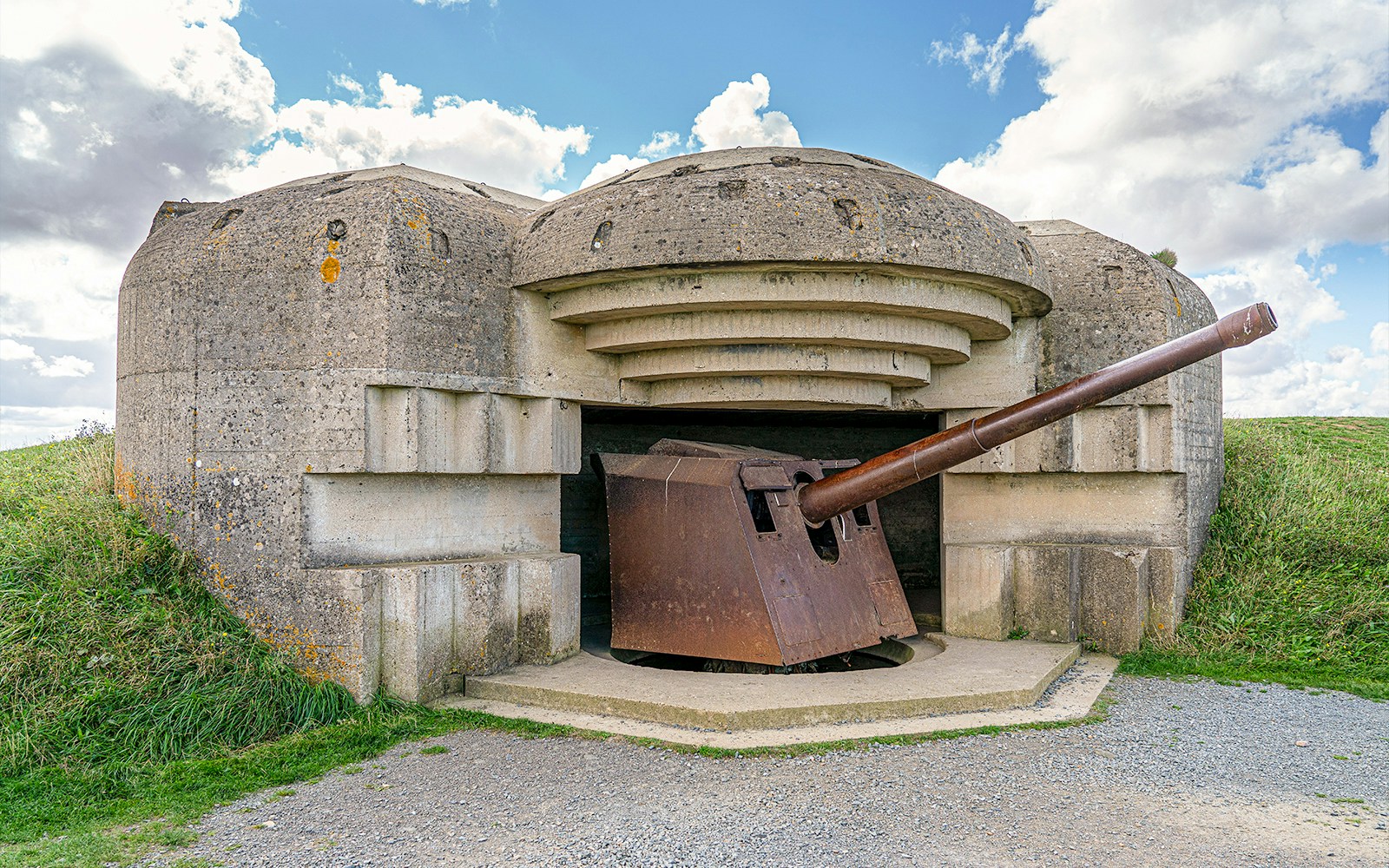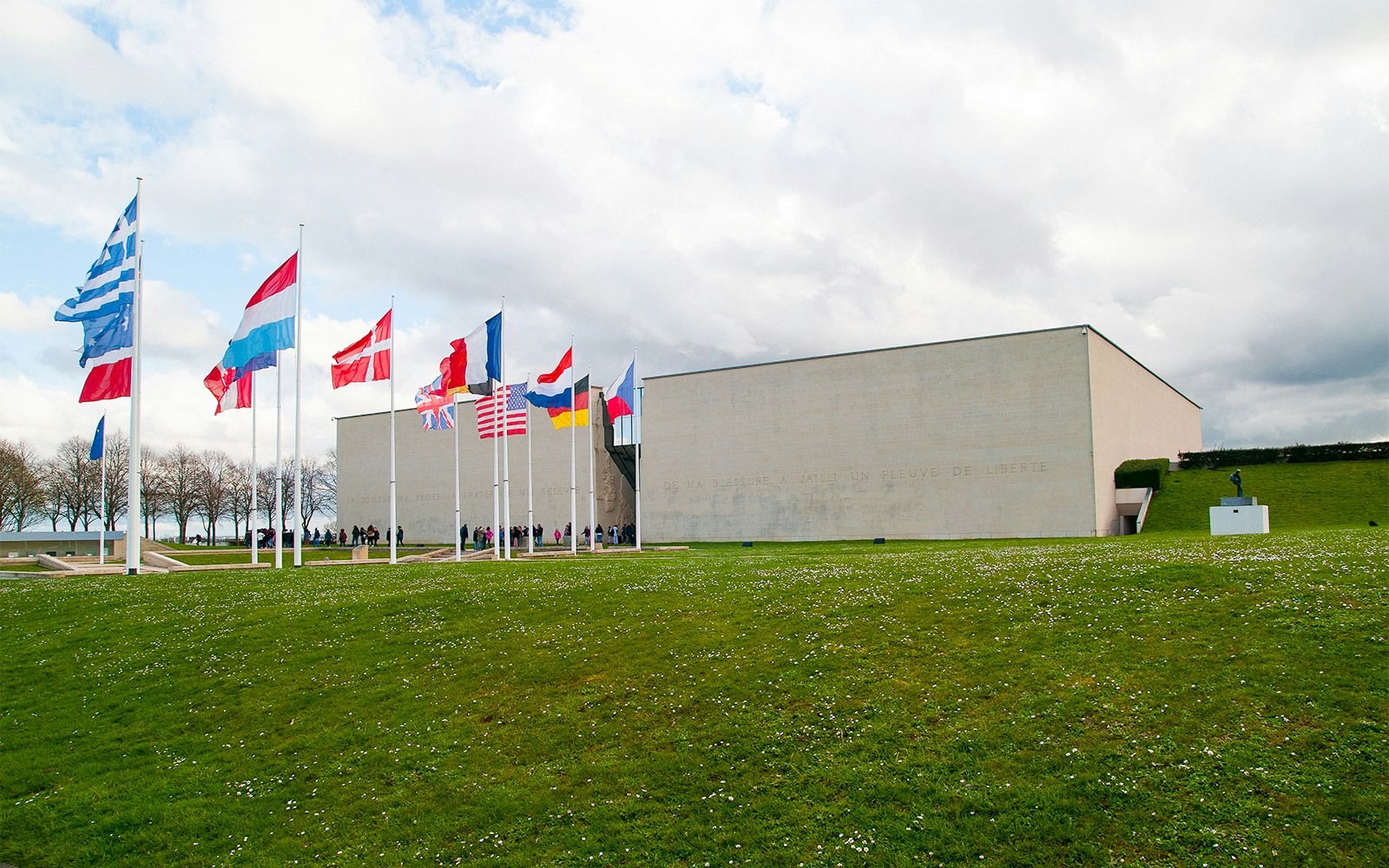The museum begins with an immersive "time tunnel" exhibit, exploring the political, social, and economic factors that led to World War II, including the aftermath of World War I and the rise of totalitarian regimes. Period photos, costumes, and objects help illustrate the tensions of the 1930s.
Why visit the Caen Memorial Museum?
A deep dive into World War II history
Step back in time and explore the origins, key events, and far-reaching impact of World War II. The museum offers a thorough and engaging overview of the war, helping you better understand its global consequences.
Experience the D-Day landings
See original maps, military equipment, and life-sized replicas that bring the dramatic Normandy invasion to life. These exhibits provide a powerful, hands-on glimpse into one of the most pivotal moments in history.
Understand the Holocaust and its civilian toll
The museum’s moving exhibits detail the atrocities of the Holocaust and the devastating effects of war on civilians. You’ll gain a deeper understanding of the immense suffering experienced during this dark chapter in human history.
Visit a historical site
Walk through the preserved German command bunker that was once central to the defense of Normandy. It’s a striking reminder of the wartime strategies that shaped the course of the war and the region's history.
Explore post-war reconstruction
Learn about Europe’s remarkable recovery after the war and the creation of important international organizations like the United Nations and NATO. Discover how these institutions have worked toward ensuring lasting peace and rebuilding a shattered continent.
